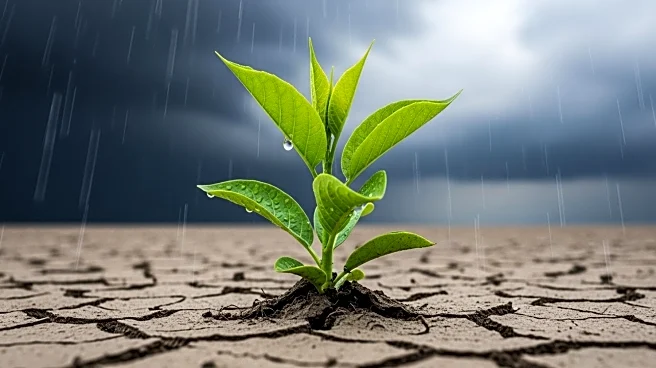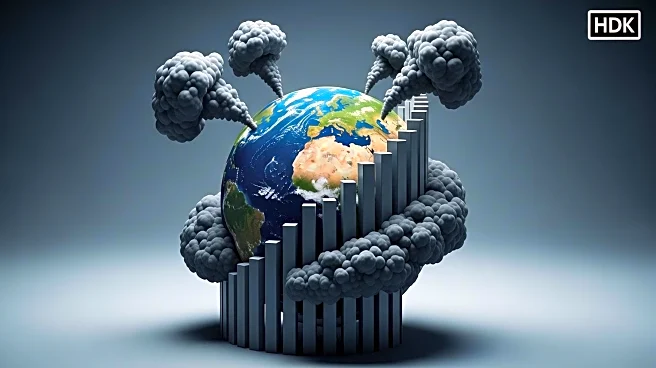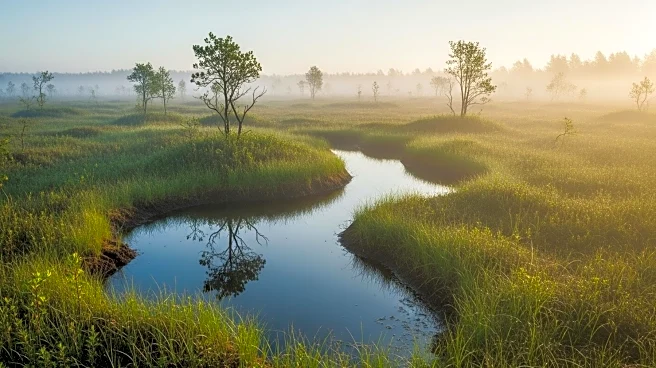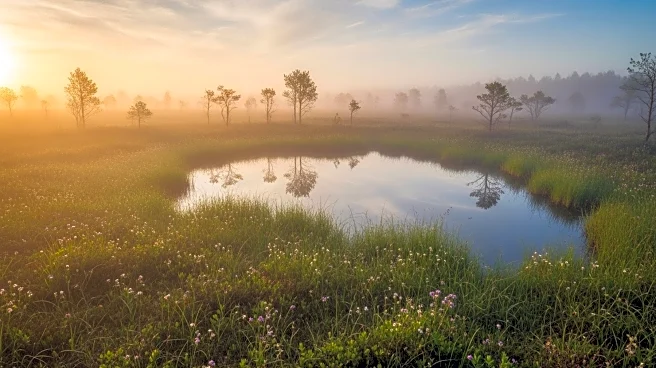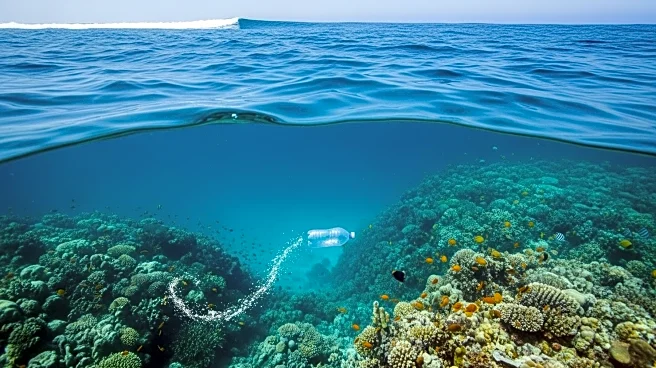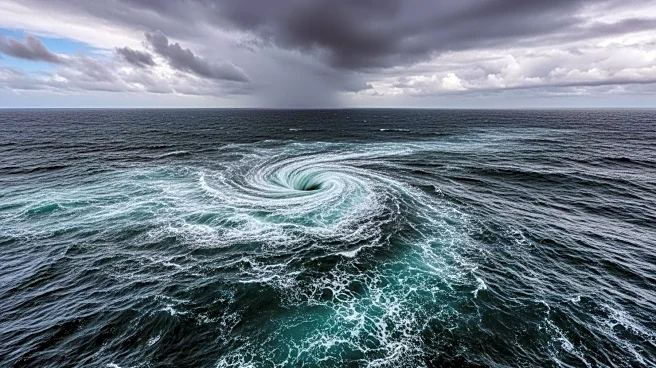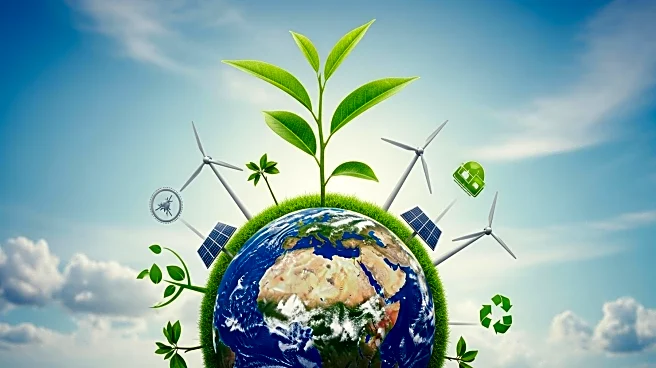What's Happening?
Peatlands, developed under waterlogged conditions, are significant carbon sinks, sequestering atmospheric carbon through the accumulation of peat. However, disturbances such as drainage or land conversion can turn these ecosystems into greenhouse gas sources. A collection of research emphasizes the importance of understanding and protecting peatlands for biodiversity conservation and climate change mitigation. The studies explore peatland ecosystems' biodiversity, ecological functions, and responses to environmental changes, contributing to climate action efforts.
Why It's Important?
Peatlands play a crucial role in climate change mitigation by storing carbon and reducing greenhouse gas emissions. Protecting these ecosystems is vital for maintaining their carbon sink capabilities and preventing them from becoming emission sources. The research supports global climate action goals and highlights the need for sustainable land use practices. Understanding peatlands' ecological functions can inform conservation strategies and policy decisions, contributing to efforts to combat climate change and preserve biodiversity.

